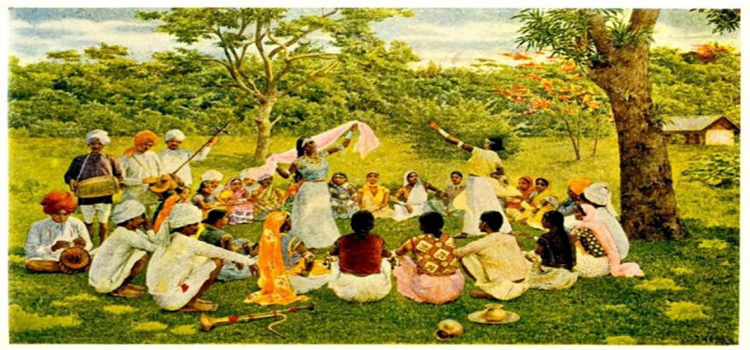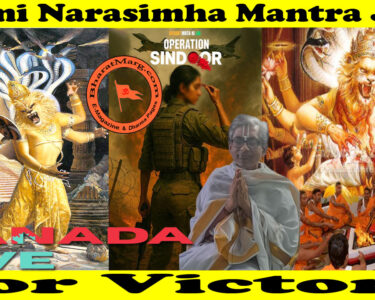Upon the abolition of slavery in Trinidad in 1838, the freed African slaves left the sugar cane estates for higher paying jobs in the towns. Workers were then brought from India. The very first group of 197 Hindus arrived in Trinidad on May 30, 1845, on the ship Fatal Razack after a months-long, oppressively crowded and hazardous journey from India around Cape Horn, Africa. Ten Brahmin pundits were among them, according to Sat Maharaj, president of the Sanatan Dharma Maha Sabha, Trinidad’s largest pundit organization. Ultimately 143,000 persons, about 60 percent men, came under the indentured servitude scheme. They originated mostly in the Uttar Pradesh and Bihar regions of North India, with some from Calcutta and Chennai.
About 10 percent were brahmins, even though, according to Dr. Kusha Harracksingh of the University of the West Indies, “Recruitment in India was designed to bypass brahmins. The stated opinion of the British colonial masters was that brahmins were not suited for hard work.” More practically, the policy kept the educated brahmins from providing a focus for dissent, as well as denied spiritual guidance to the Hindus.
Secretly, Brahmins did join the five-year schemes of labor by concealing their caste identity to the recruiters. For example, those with the Brahmin caste name Agnihotri changed it to the lower caste name Maharaj, which remains today a common name in Trinidad. Some came because other emigrants pleaded with them to provide religious guidance in their new home. Life was very hard in India at the time–a famine lasting fifty years was in progress. The First Indian Revolution, also called the Sepoy Mutiny, occurred in 1857 and brought repressive measures from the British–especially in the areas of India most emigrants came from. It is not surprising then that a group of young, single brahmin men would seek better circumstances elsewhere.
Initially, all came under a five-year program and intended to return to India. When the term expired, few did because the conditions which had caused them to leave India in the first place had not changed and because the Trinidad colonial rulers provided those who stayed with land to develop.
Initially the brahmins kept their identities concealed, lived in poverty like the rest of the immigrants and worked very hard in the fields. It was only around 1870, after a significant number of Hindus had settled permanently on the island, villages formed and conditions improved, that they took up their religious training duties. Technically speaking, these Brahmins had incurred demerit, even loss of caste, by crossing the ocean, but practically speaking, the Hindu community desperately needed their services and was disinclined to quibble. When they came forward to lead, they were accepted.
At the outset, the pundits were engaged in traditional ritual worship. But that evolved out of necessity into a more comprehensive role. “The pundits are doing much more than puja. In the Maha Sabha have been holding seminars on topical issues such as cloning and suicide and virtually everything under the sun–the Ramayana and the Mahabharata, ethics and values, the young Hindu and the modern world, fashion, drugs, etc Pundits gives a Sunday morning service, with lecture and discussion. “Also provide counseling to those who have problems.” This pattern is close to that of the Christian minister, whose responsibilities extend to all aspects of follower’s lives, not just religious practice. Such a ministerial system commonly arises in the religious life of immigrant communities of all faiths.
In one sense, the Hindus in Trinidad are ahead of those in other Western countries, for the Brahmin community already has evolved into a group serving a broader function than scholarship and ritual worship, and hence is prepared to meet the challenges of the 21st century. In America, most priests have no training beyond ritual worship, and cannot, for example, address the urgent concerns of the youths attending their temples, nor even explain the meaning of the rituals to them in English.




